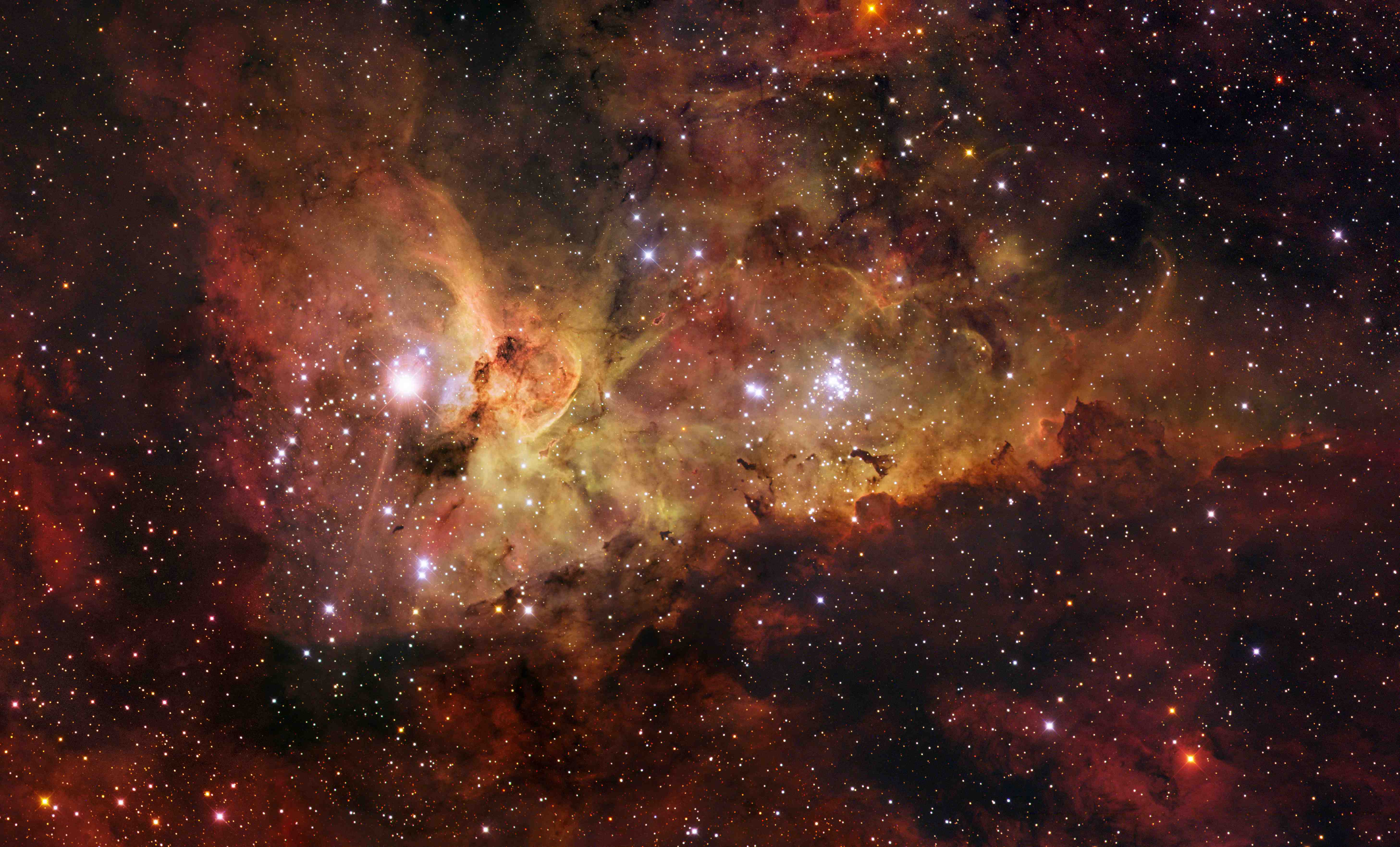Feedback-regulated star formation and the FIRE simulations

Galaxies convert their gas into stars at a rate which is typically only a few percent of what unimpeded gravitational collapse would imply. Understanding why star formation is so slow in galaxies is a central problem in astrophysics. Equivalently, what is the origin of the Kennicutt-Schmidt law?
We address this question in a recently-published paper,
Faucher-Giguère, C.-A., Quataert, E., & Hopkins,P.F., “Feedback-Regulated Star Formation in Molecular Clouds and Galactic Discs,” MNRAS, 433, 1970 [arXiv:1301.3905].
We compile observations showing that the relationship between star formation rate surface density and gas surface density in galaxies is set by a global balance between the gravitational weight of disk gas and the momentum per unit time returned by stellar feedback.
Critically, we show that the star formation efficiency per free fall time in galactic disks scales with the gas mass fraction in the disk, in agreement with a key prediction of our model for feedback-regulated star formation in galactic disks. This finding is important because competing theories of the Kennicutt-Schmidt law based on the small-scale properties of supersonic turbulence, on the other hand, predict that the star formation efficiency per free fall time is a near-universal constant of order one percent.
In our theory, favored by observations and numerical experiments, the rate-limiting step for star formation in galaxies is the formation of the most massive gravitationally-bound clouds — the giant molecular clouds (GMCs) – and the small-scale star formation prescription has only a weak effect on global star formation properties within a galaxy.
We are making use of this fact in our new simulations from the FIRE project (“Feedback In Realistic Environments”), in which we explicitly resolve the formation of GMCs in galaxies that form self-consistently in a cosmological simulation and implement stellar feedback directly based on the energy and momentum return predicted by stellar population synthesis models.
By directly resolving the rate-limiting step for star formation and implementing the feedback processes that set the galactic star formation law, we are freeing ourselves of commonly used sub-resolution prescriptions and dramatically improving the predictive power of galaxy formation simulations in a fully cosmological environment.